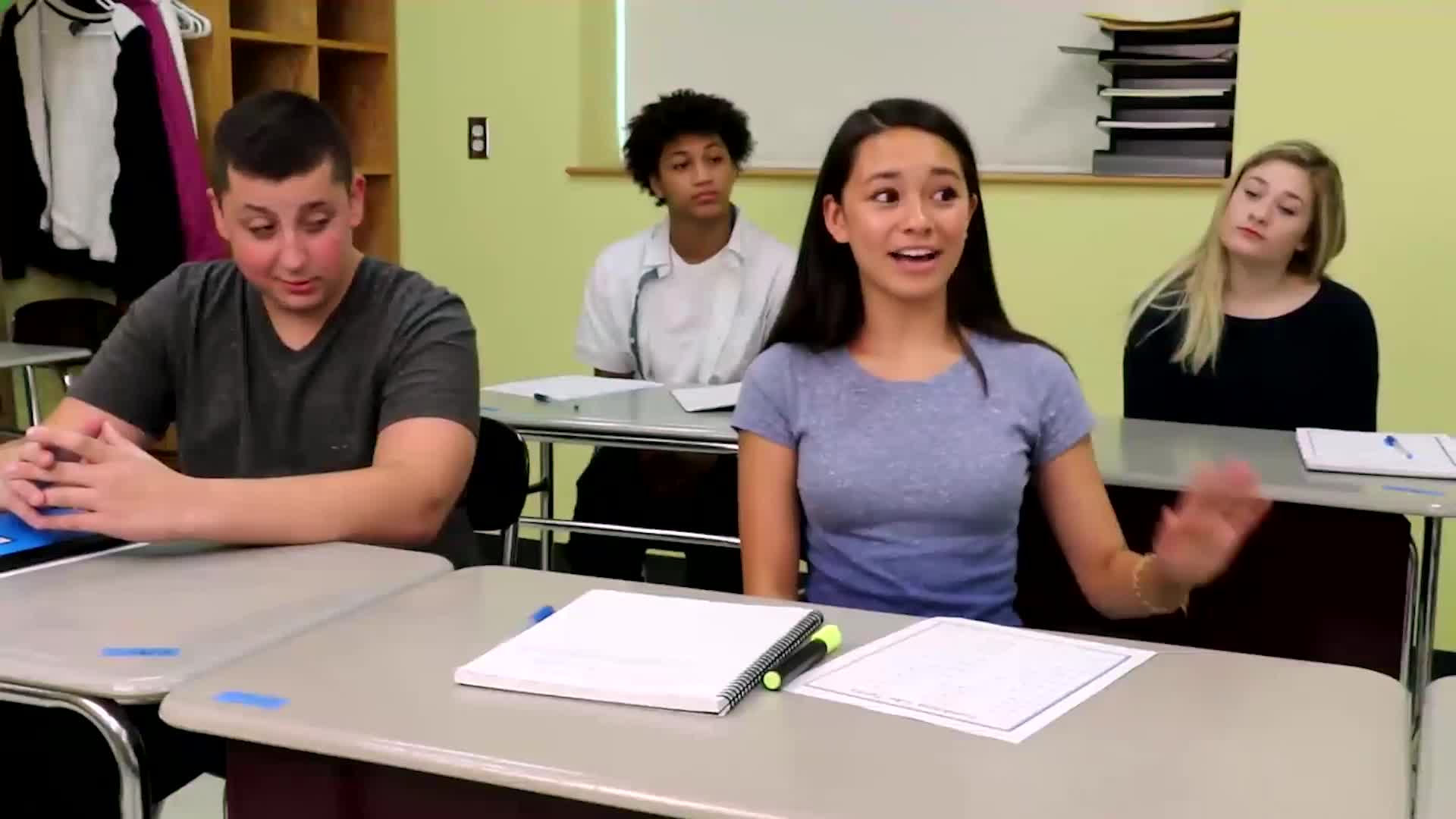Introduction
Disagreements are a natural part of life, and it is essential for students to learn how to handle them respectfully. When students show respect while disagreeing, they avoid making others feel insulted or belittled. In this blog post, we will explore an easy-to-implement activity for teaching respectful disagreement, followed by discussion questions and related skills. The focus will be on special education, helping educators equip students with the necessary tools to navigate disagreements in a respectful manner.
No-Prep Activity
This activity requires no preparation or materials from the educator. Begin by having students sit in a circle. The teacher will present a statement, and students will take turns expressing their agreement or disagreement with the statement. The catch is that they must do so respectfully, considering the tone of their voice and the words they use. Encourage students to practice indirect disagreement, talking around the topic rather than directly stating their opposition.
For example, the teacher might say, “Pizza is the best food.” A student who disagrees could respond, “I can see why people like pizza, but I personally prefer pasta.” This response shows respect by acknowledging the validity of the original statement while also expressing a differing opinion.
After each student has had a turn, the teacher can provide feedback on their responses, highlighting respectful language and tone.
Discussion Questions
- How can the tone of our voice impact the way others perceive our disagreement?
- Why is it important to show respect when disagreeing with someone, even if we strongly believe we are right?
- Can you think of a time when someone disagreed with you in a disrespectful way? How did it make you feel?
- What are some strategies for disagreeing indirectly, and why might this be a more respectful approach?
- How can we ensure that we are being respectful when expressing our opinions in a group setting?
Related Skills
In addition to teaching respectful disagreement, there are other related skills that students can benefit from. These include active listening, empathy, self-awareness, and effective communication. Developing these skills will help students navigate social situations more successfully and foster stronger relationships with their peers and teachers.
Next Steps
Now that you have learned about teaching respectful disagreement, it’s time to put these ideas into practice. Remember, social-emotional learning is an ongoing process, and it’s essential to continually reinforce these skills. To help you get started, we invite you to sign up for free samples of skill-building materials and other resources at Everyday Speech. These materials can provide valuable support as you work to empower your students with the tools they need to engage in respectful disagreement and other important social-emotional skills.






